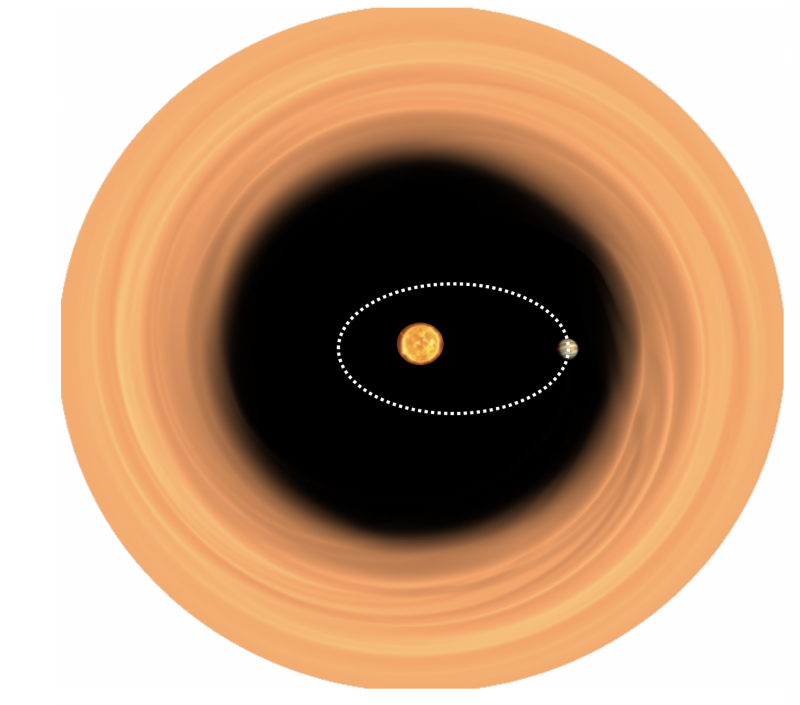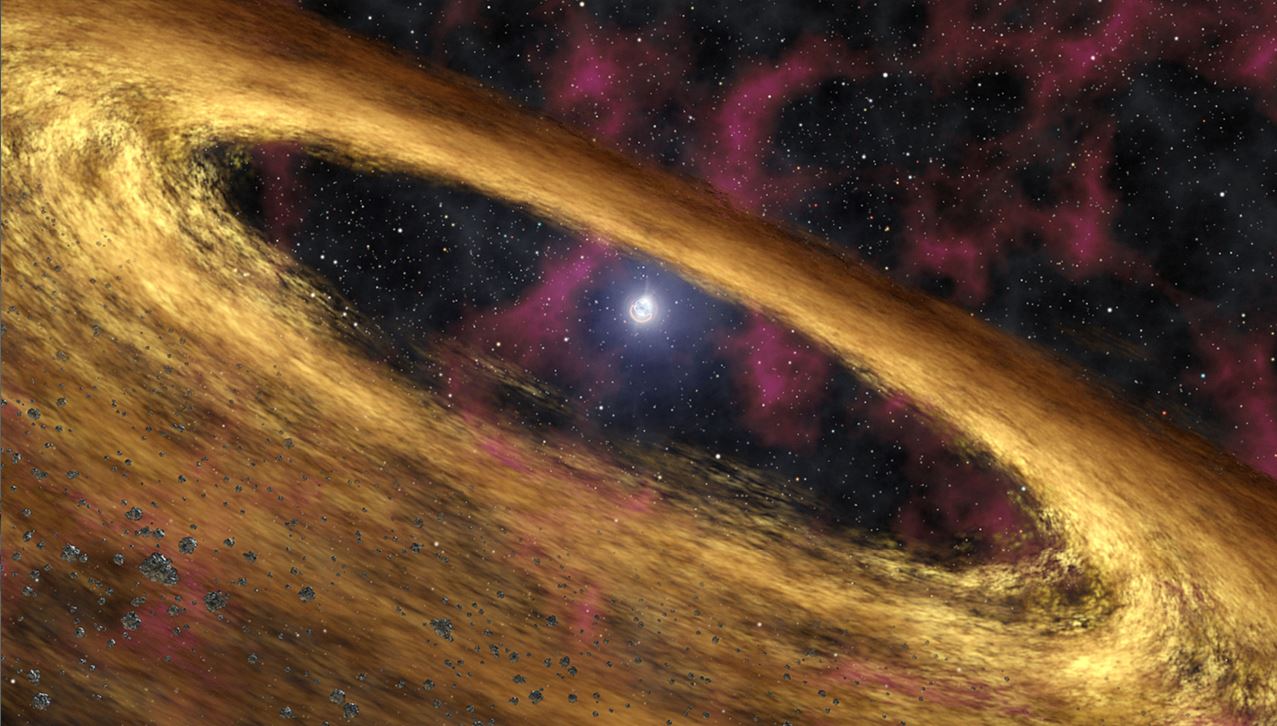The physics of accretion at its extreme: Ultraluminous X-ray sources
le 9 décembre 2022, 11h à 13h, Roberta Amato, salle Jules Verne, OMP, site Belin
Ultraluminous X-ray sources (ULXs) are amongst the brightest extra-galactic objects in the X-ray sky. They are characterized by luminosities well above the Eddington limit, the maximum possible luminosity reached when the radiation pressure and the gravitational force are in equilibrium. For this reason, ULXs were believed to be X-ray binary systems with accreting intermediate-mass black holes, until the recent discoveries of coherent pulsations from a few sources have proven that these systems can host stellar-mass compact objects as well. Though a few years have passed, lots of questions still remain unanswered: how can ULXs reach such high X-ray luminosities? Which are the physical processes involved? Which is the fraction of ULXs hosting neutron stars and which black holes? Is a lack of pulsation enough to exclude a neutron star accretor? Answering these questions may prove fundamental to comprehend the physics of accretion at its extreme and could provide the missing link between X-ray binaries and accreting super-massive black holes. Within this seminar, I will try to address all the key points of the science of ULXs, illustrating their main spectral and temporal observational properties, the so-far accepted physical scenario, the more recent discoveries and the still-open questions in the field.






